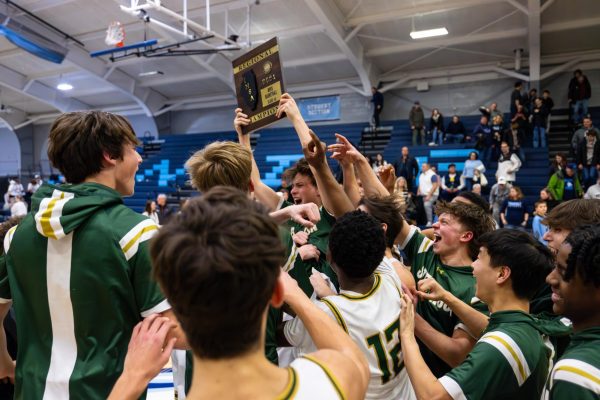Main Break Causes Issues
Sammi Schnuer ’18 and many of her peers weren’t perturbed by the water main break Aug. 17.
Thanks to the senior’s post on social media, students wore sunglasses, Hawaiian shirts and other beach attire Friday. Despite the water themed outfits, a boil order preventing water consumption was in effect the eighteenth, due to a currently unidentified broken pipe.
Water samples tested by Lincolnshire Public Works showed that actual contamination was unlikely. However, boil orders are precautionary measures mandated by the Environmental Protection Agency (EPA) when water main breaks occur.
Main breaks are relatively common. According to the EPA, over six hundred occur across the country daily. Yet village engineer Wally Dittrich found this break to be unusual in its widespread effects.
“We deal with between one and five water main breaks a year,” Dittrich said. “But they’re typically affecting a small number of customers. It’s very rarely that it affects the entire system.”
Stevenson students experienced these effects firsthand. Sports practices and orientation events were cancelled, while drinking fountains were replaced with 20,000 disposable water bottles purchased by administration.
Some students found themselves unsure about the safety of bathroom facilities.
“I had to ask my teacher whether I could wash my hands,” Schnuer said. “I think it was very confusing for students who didn’t know whether or not it was safe.”
But Thursday’s early dismissal may have greater consequences this winter.
Because students attended school for less than five hours, the week before winter break will most likely be extended a day, according to Stevenson Public Information Coordinator Jim Conrey. Regardless, Conrey was impressed by administration’s response to the incident.
“I think it went about as well as we could expect,” Conrey said. “It was unfortunate that we had to cancel the rest of the day, but you can’t take any chances.”









